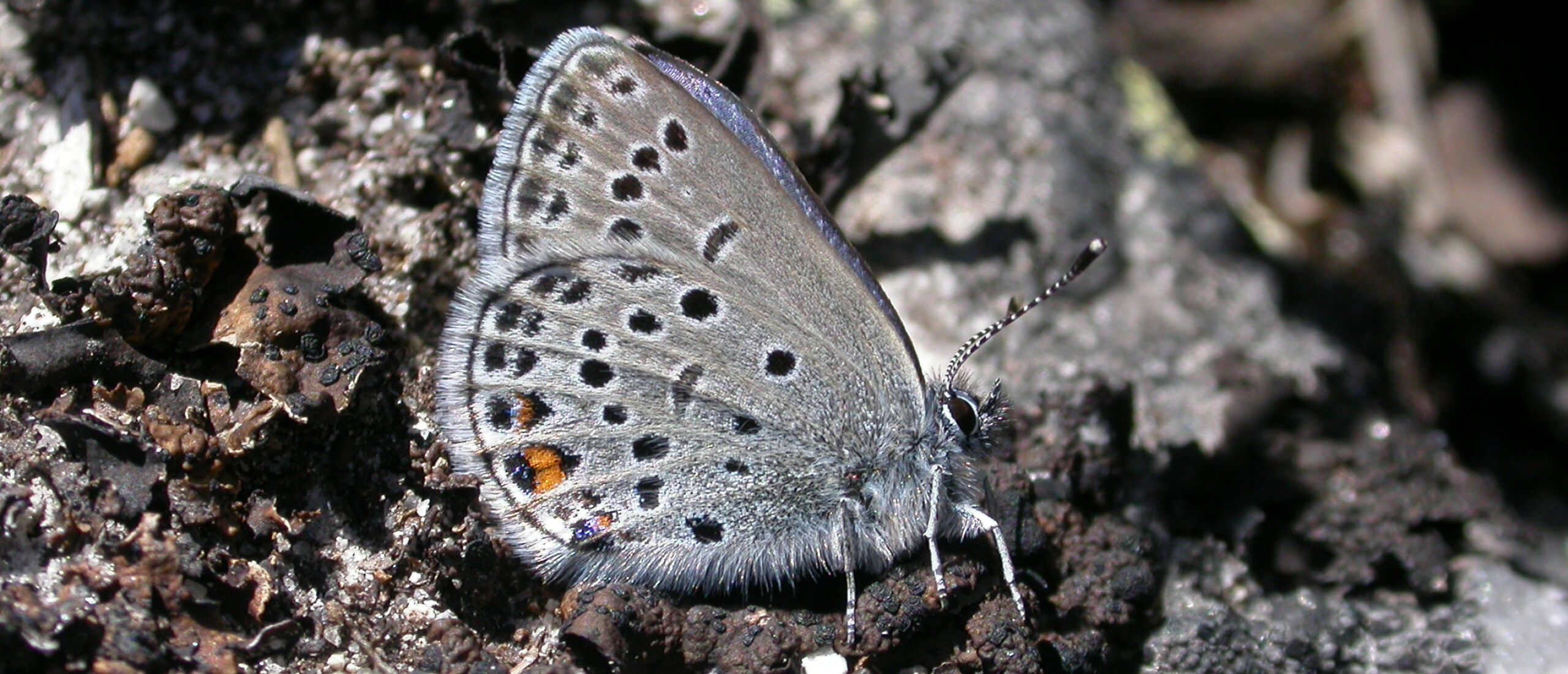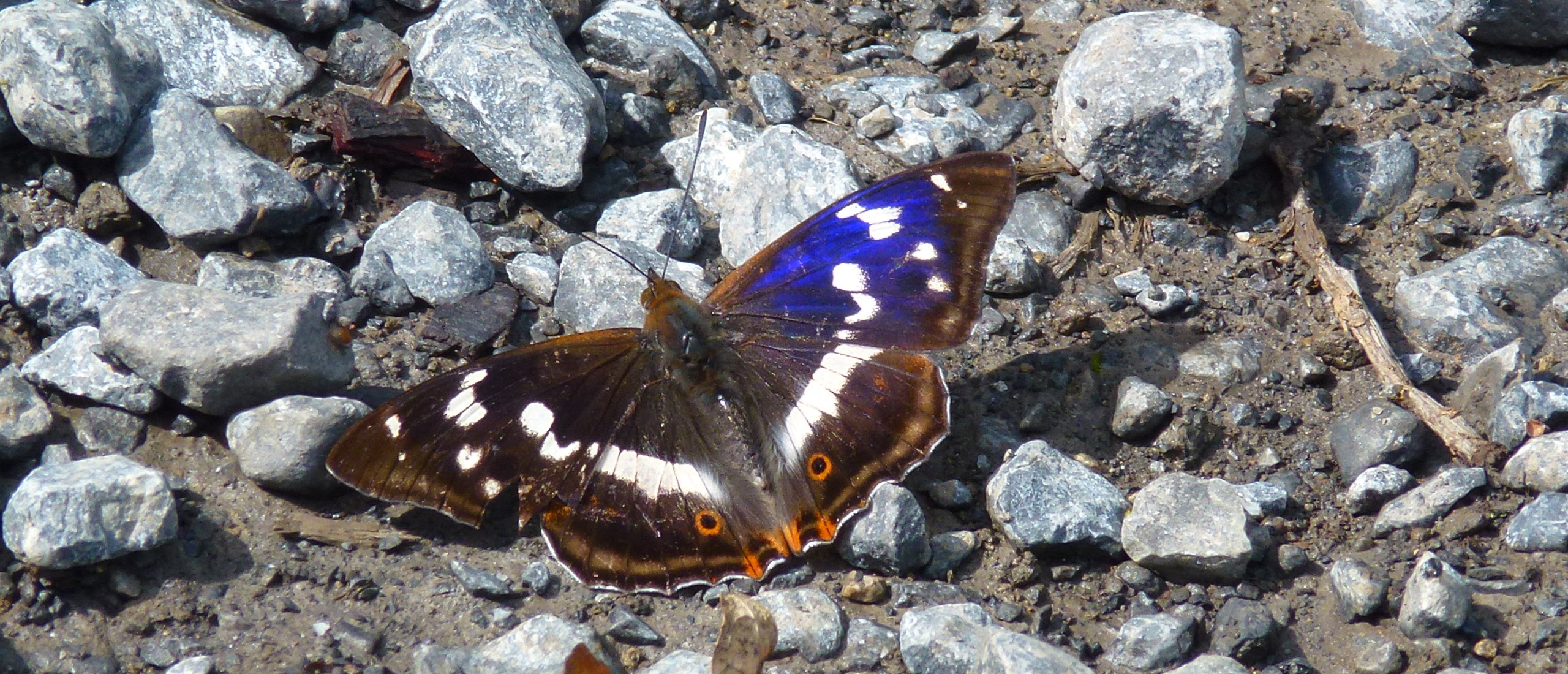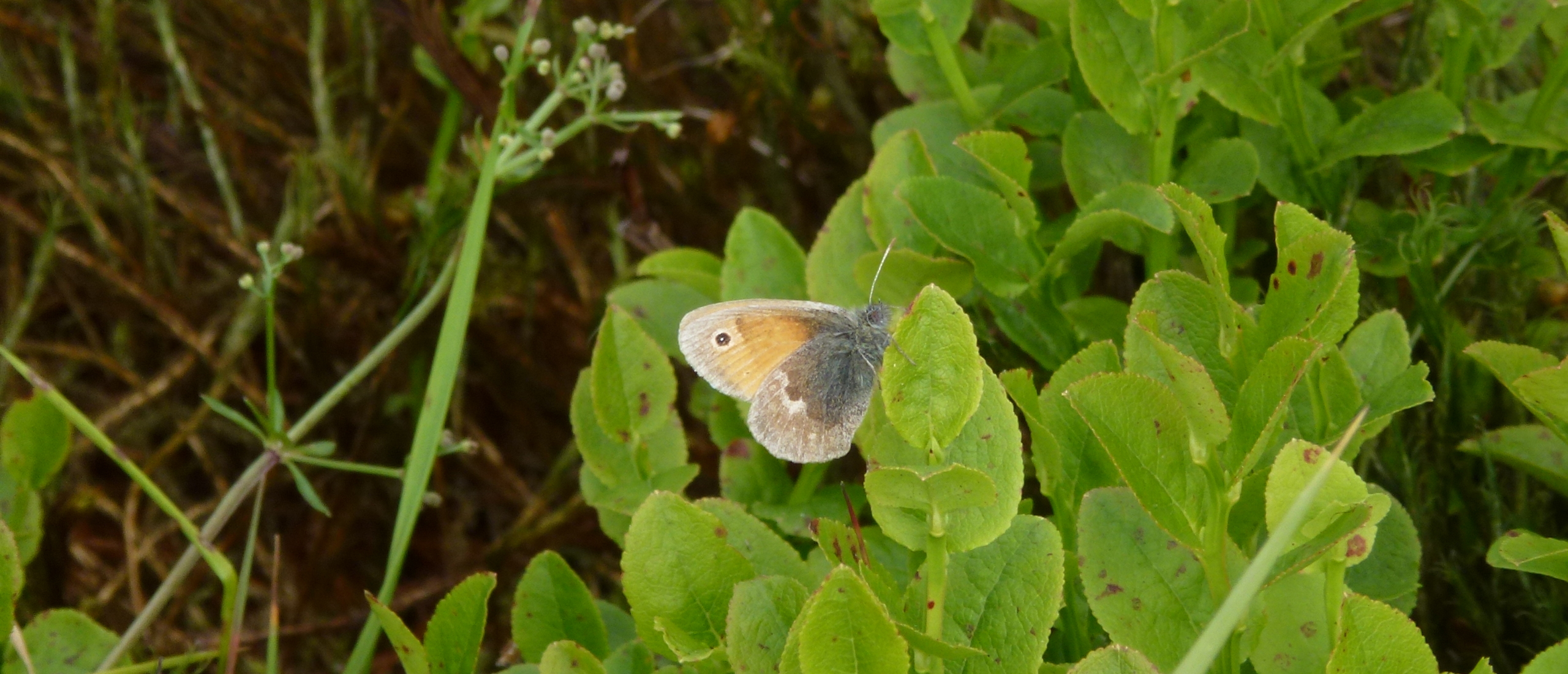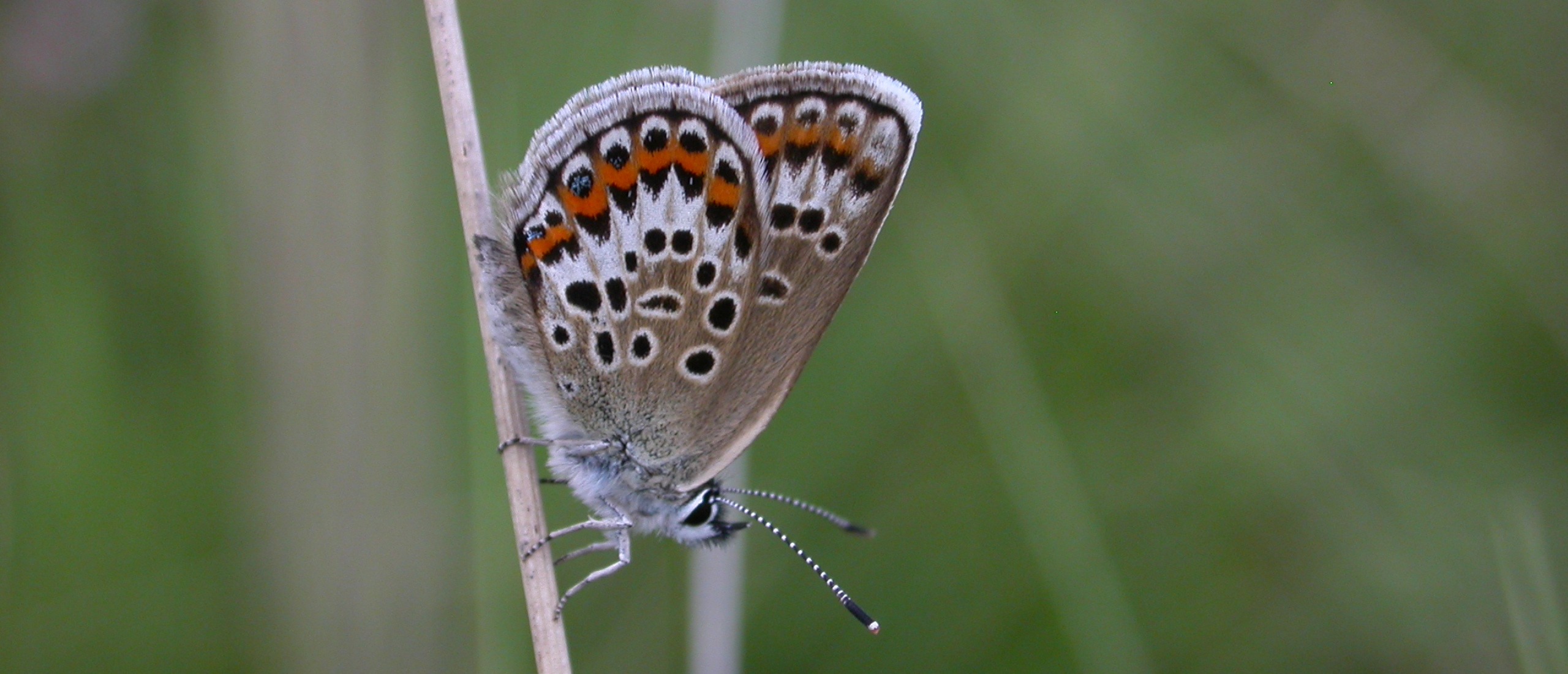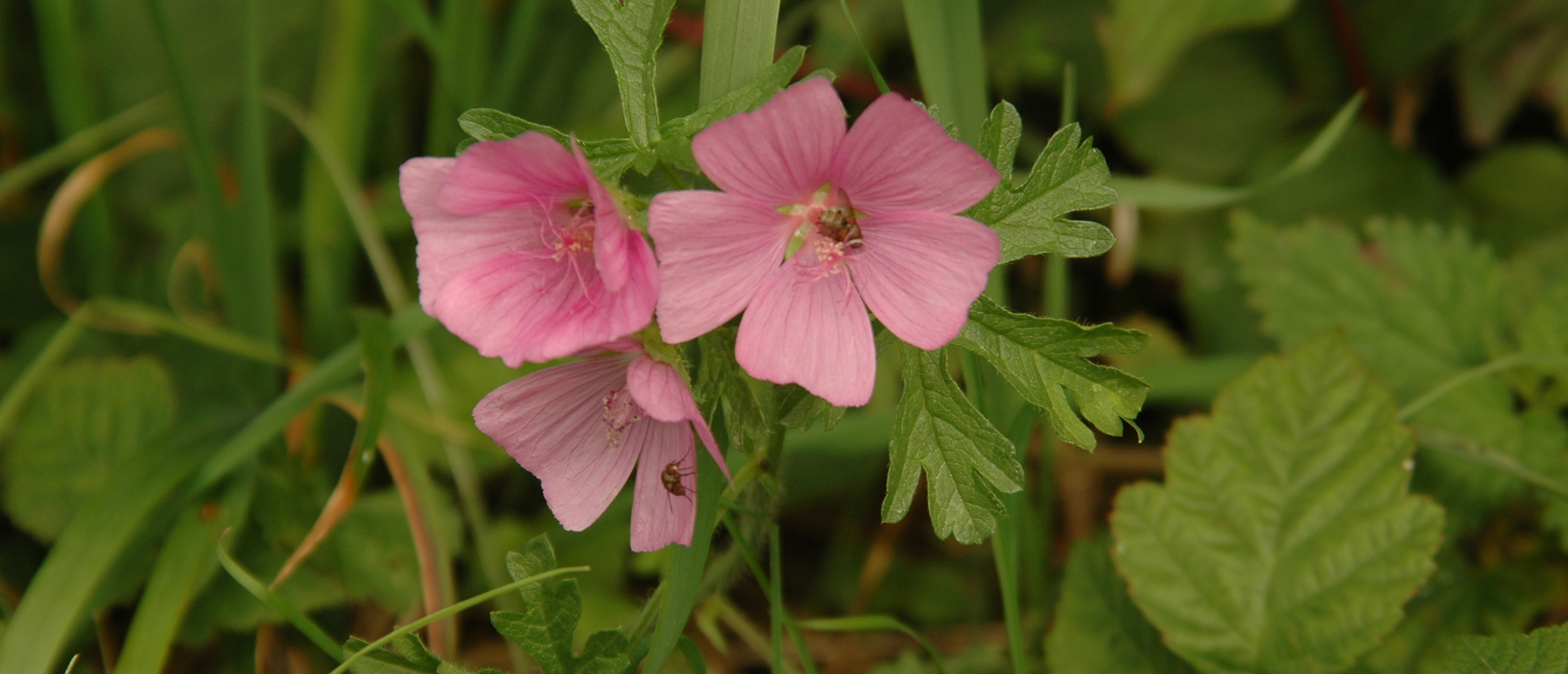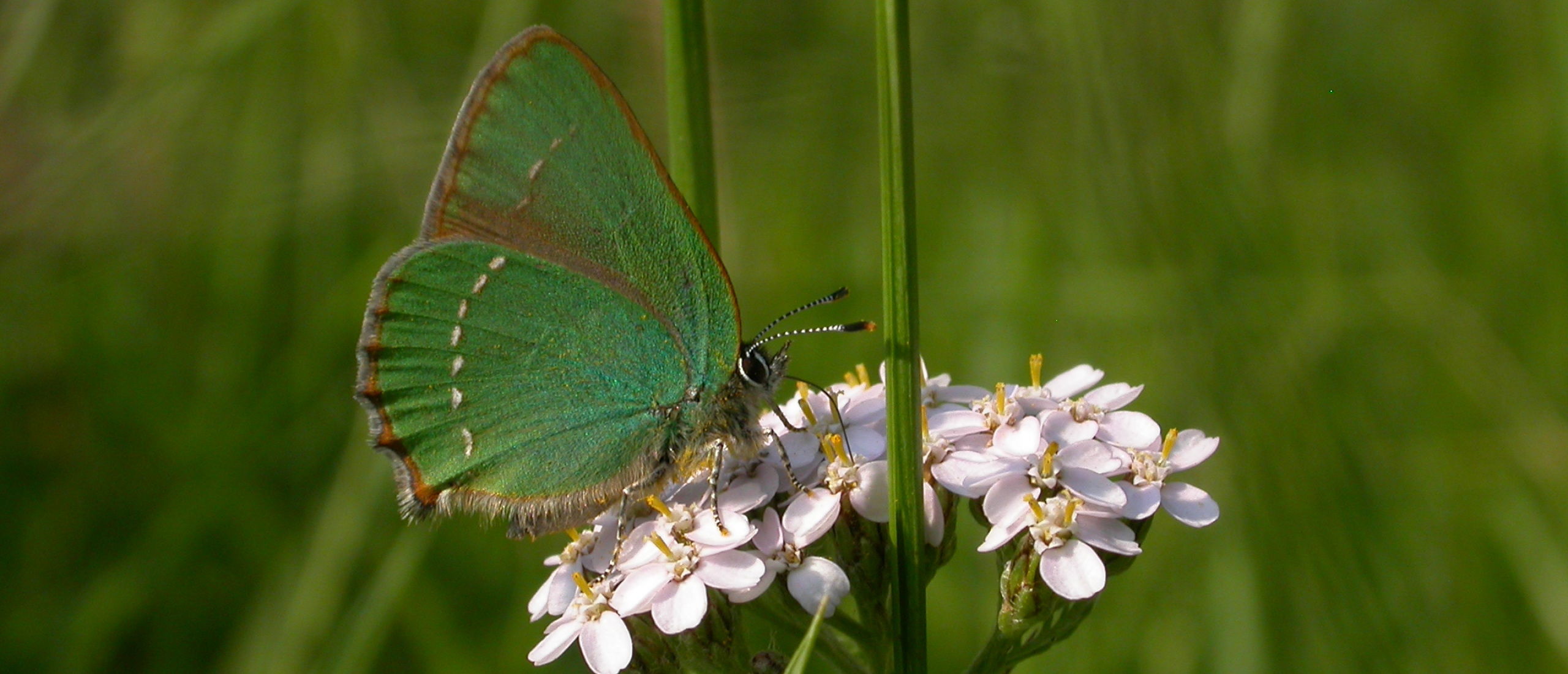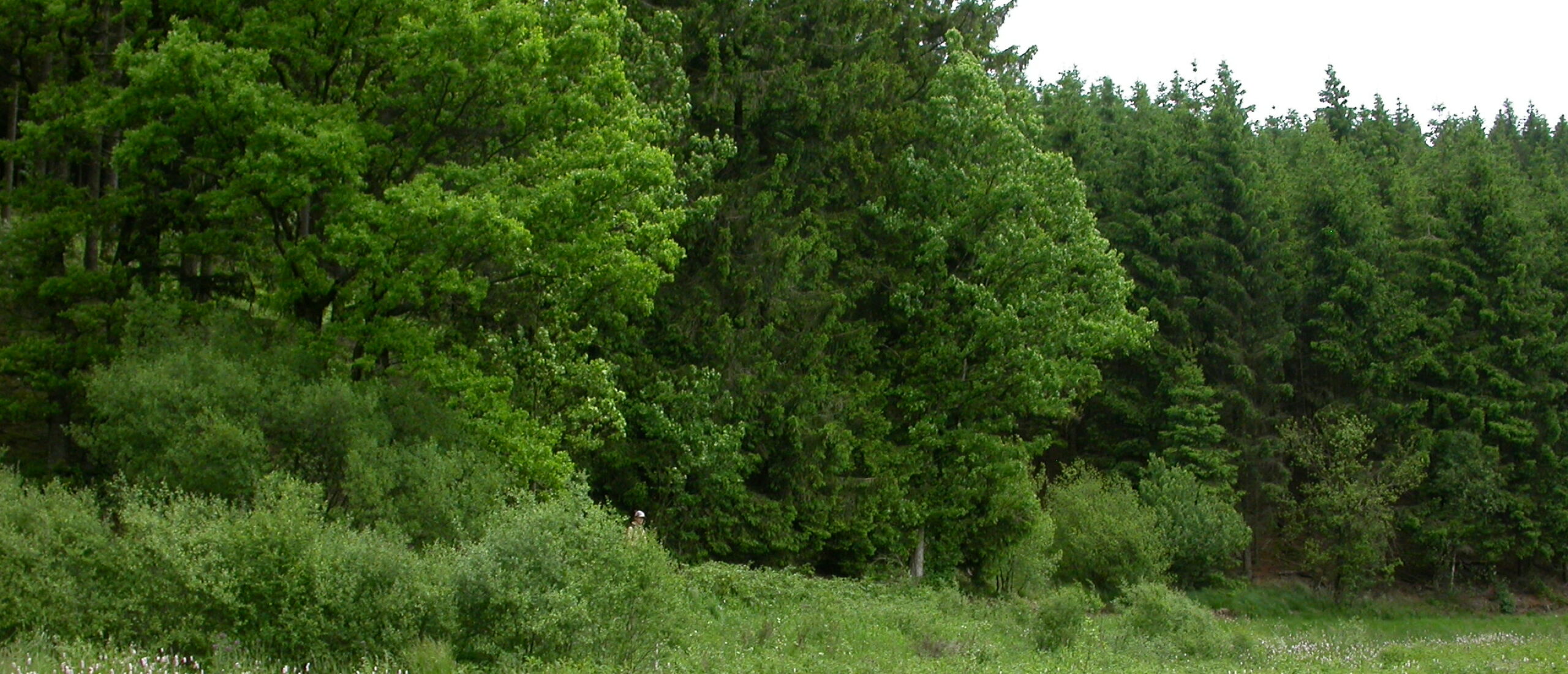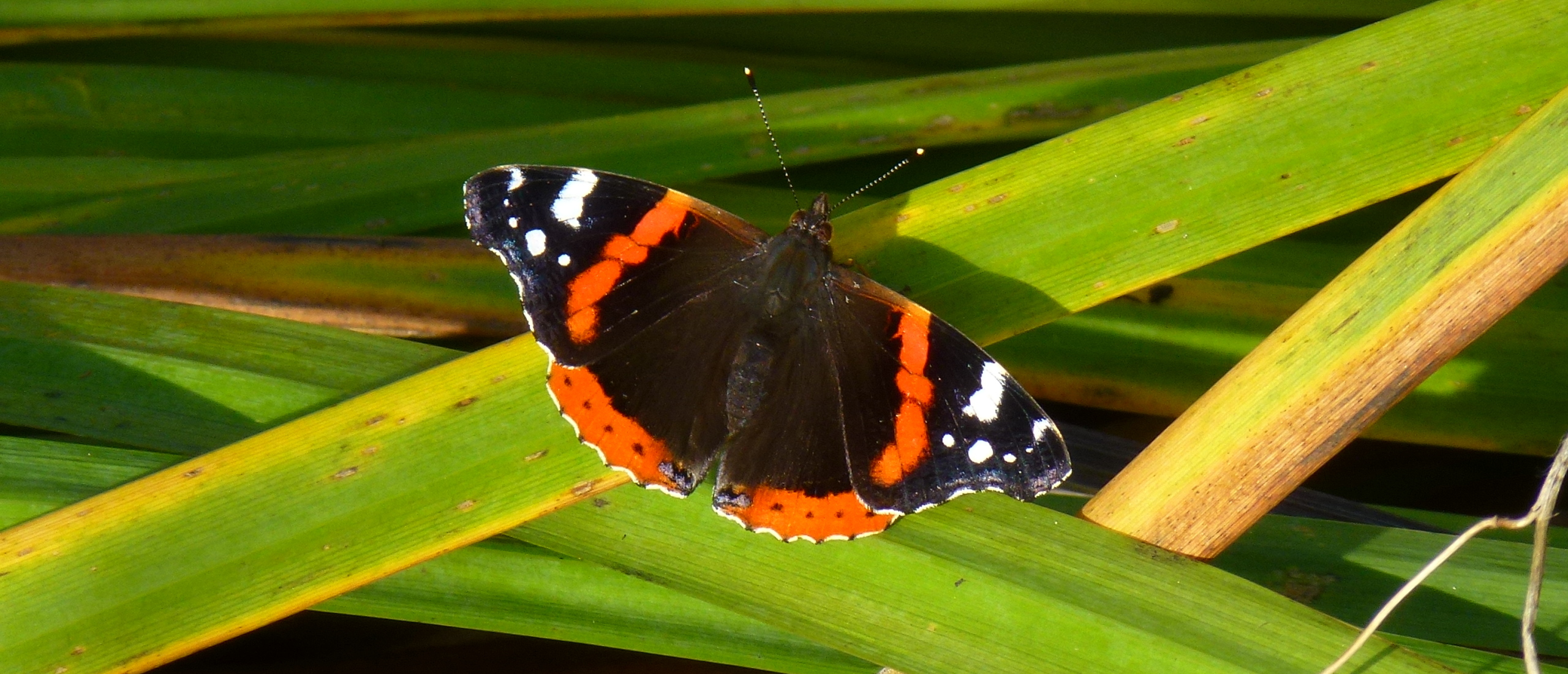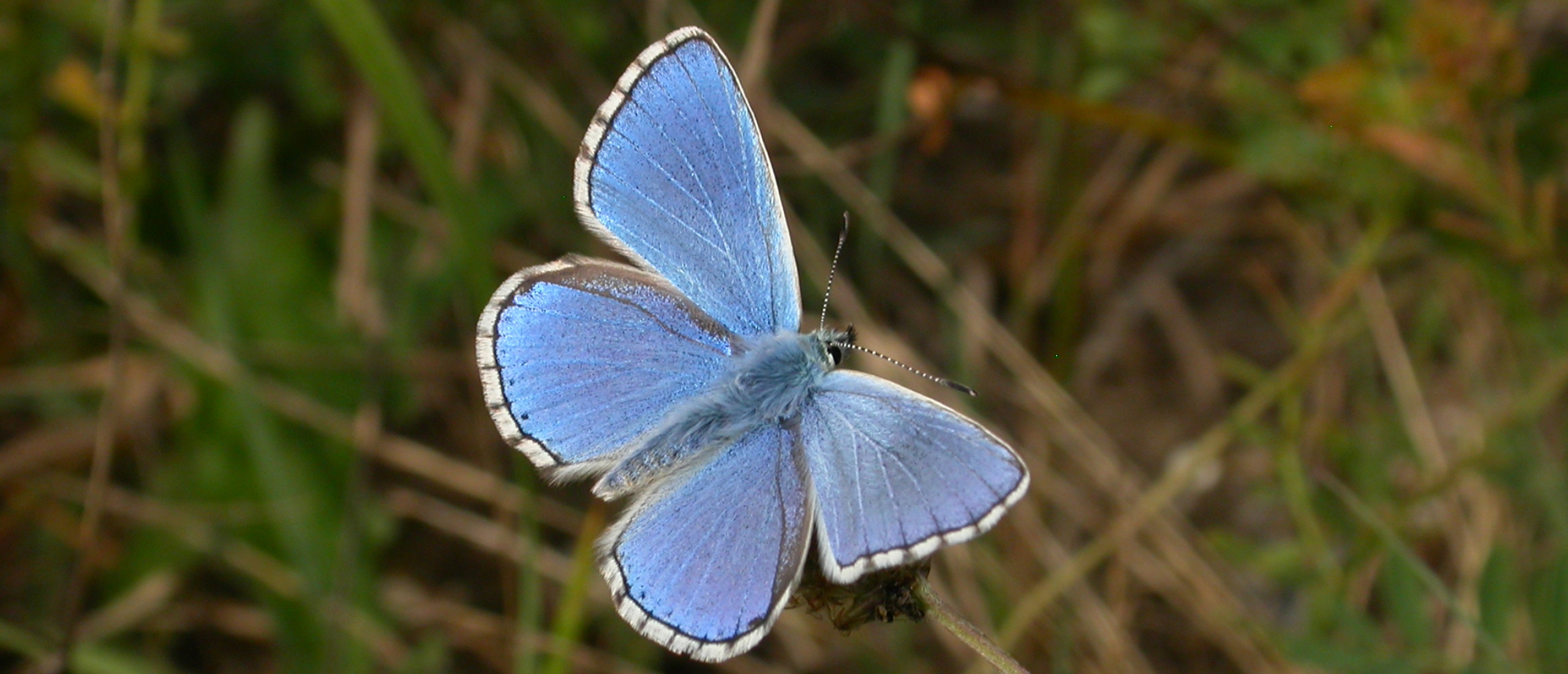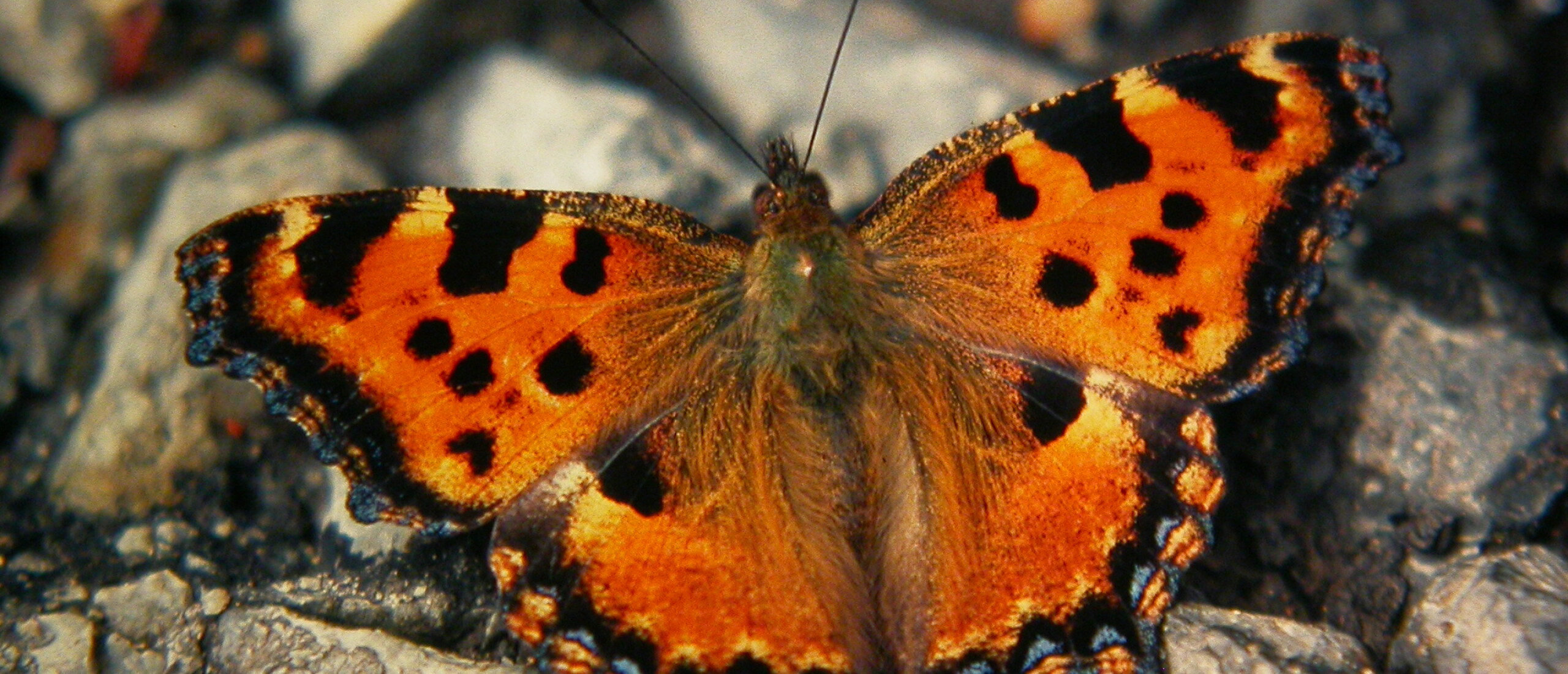
2013 list over - now for the post mortem! Now that my online butterfly list for 2013 has almost certainly come to an end, on 77 species seen in the Netherlands, Belgium, northern France, north-western Germany and the UK (Scotland and one brief visit to northern England), it is a good moment to look back and consider those species that I did not see. I intend to go through those missing butterflies in the coming weeks, with photographs I have taken of them in previous years, and providing comments on why I failed to find them this year, as well as any other interesting facts that come to mind. The first species, chronologically speaking, which should definitely have appeared on my list was the Large Tortoiseshell, Nymphalis polychloros. This splendid butterfly is now extinct in the UK, but it does still exist on the adjacent continent in reasonable, if fluctuating, numbers. The reasons for its demise in the UK are uncertain; its larvae normally feed on Elm, Ulmus sp., so one might think that Dutch Elm Disease would be the culprit, but in fact the decline started long before this disease struck in the 1970s. Large Tortoiseshell caterpillars can also feed on the leaves of a number of other trees, so this cannot be the main cause.
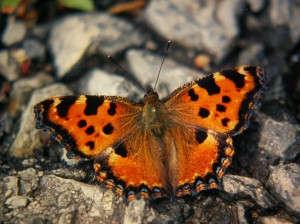 A Large Tortoiseshell I photographed in Hungary in July 2004
A Large Tortoiseshell I photographed in Hungary in July 2004
Parastic wasps take a heavy toll of larvae, sometimes wiping out more than 90% of a brood, but other Vanessid butterflies such as Peacocks, Inachis io, and Small Tortoiseshells, Aglais urticae, are also afflicted, and yet they seem to survive successfully nonetheless. The cause of the decline remains a mystery.
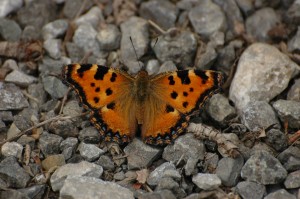 A Large Tortoiseshell in Belgium in July 2010
A Large Tortoiseshell in Belgium in July 2010
Large Tortoiseshells belong to the small group of butterflies that pass the winter as adults, and I tend to see my first individuals in the early spring, when they have just emerged from their long winter hibernation. In fact, their hibernation is longer than almost any other butterfly's, as they disappear into their winter hideaways in late July or early August, whereas their relatives can be seen flying around and stocking up on nectar right through until the late autumn. My most favoured areas for locating this butterfly are along forest tracks in northern France and southern Belgium, where I often see them basking in the spring sunshine or patrolling their favourite forest rides. They never seem to visit flowers, obtaining most of their nourishment from moisture in the gravel of the woodland tracks.
 A recently emerged Large Tortoiseshell found in eastern Belgium in April 2007
A recently emerged Large Tortoiseshell found in eastern Belgium in April 2007
My normal experience is that Large Tortoiseshells are relatively solitary, but in July 2011 there seemed to be a sort of mass emergence in northern France, with up to twenty individuals frequenting a short section of track in the large forest I frequently visit in northern France. This, however, pales into insignificance when compared to a Youtube clip I found of a vast plague of the closely-related California Tortoiseshell, Nymphalis californica, filmed in Mariposa County, near the Yosemite National Park, California, on 22nd May 2009. http://youtu.be/_zztwve75oM Although plenty of Large Tortoiseshells were reported from my regular haunts early in the year, the cold spring weather meant that there were only a few days when they were active, none of which happened to fall on a weekend when I was able to visit. I consequently missed the spring generation entirely. The cold weather also held up the development of the next generation, meaning that these butterflies emerged after I had left for Scotland in early July. By the time I returned in late August, the butterflies had already gone into hibernation. I had, and perhaps I could even still have, some slight hopes of finding a hibernating individual, but I am uncertain where to look. Unlike their close cousins the Peacock and the Small Tortoiseshell, they do not enter houses, and research seems to indicate that hollow trees, or even beneath drain covers in the road, are favoured spots. However, searching in such places would be little short of looking for a needle in a haystack. Here are two video compilations of Large Tortoiseshells from previous years:


